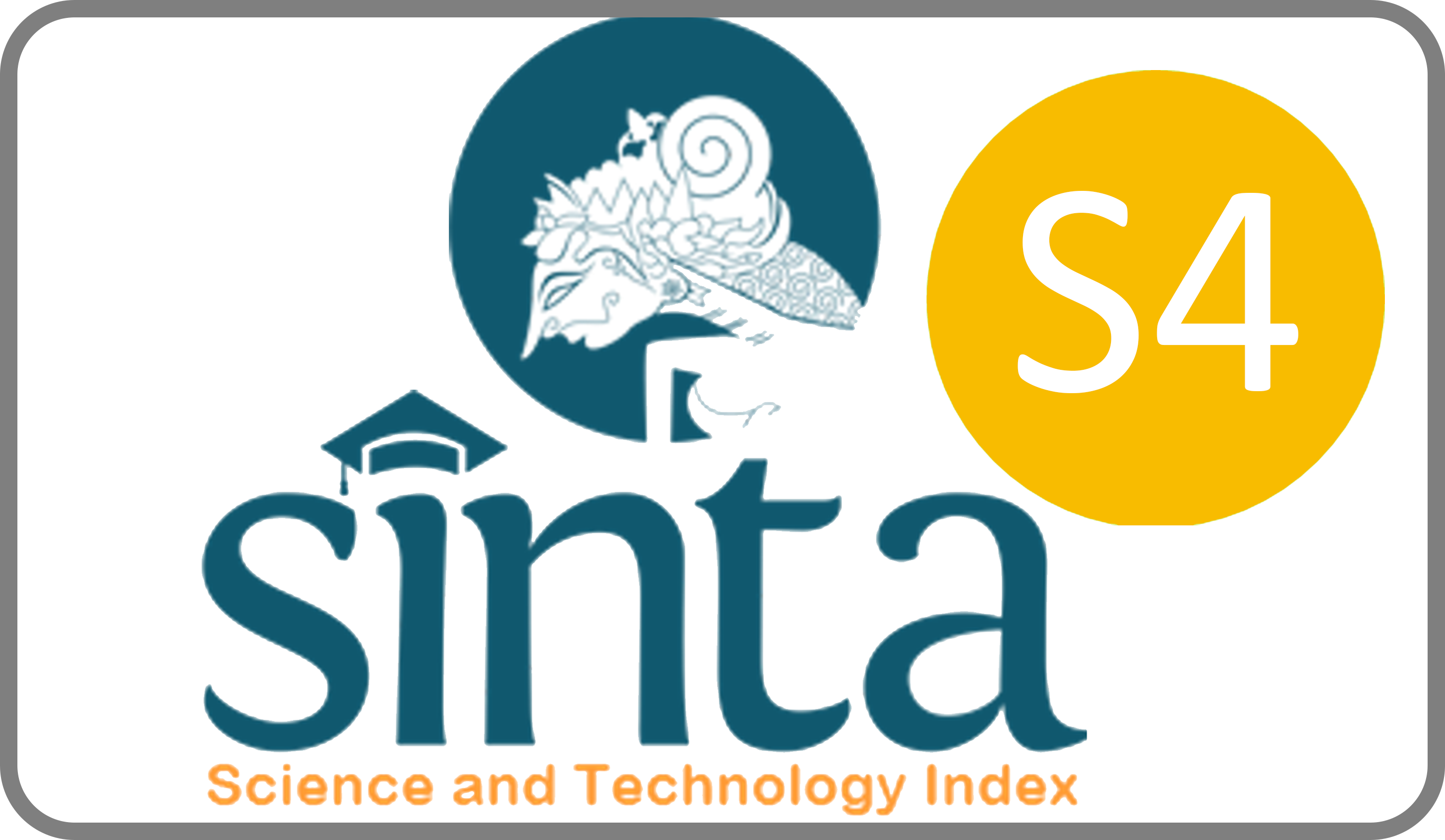UTILIZATION OF HERBAL POWDER TO INCREASE THE ECONOMY IN NURUL HUDA ISLAMIC BOARDING SCHOOL, SIDOARJO
Downloads
In the context of global economic contestation, the presence of an independent Islamic boarding school economic community will become social capital and inspiration for the community so that the local community's economy is not defeated and displaced by global players. The Nurul Huda Islamic boarding school is included in the category of Islamic boarding schools that do not yet have a business unit, even though the Nurul Huda Islamic boarding school has vacant land that can be utilized by students by managing herbal plants. Implementation of the community service program is carried out through several activities: 1) Providing material about various kinds of herbs and their benefits 2) Demonstration and practice of formulating and making various kinds of herbal powders 3) Demonstration and practice of formulating and making various kinds of herbal drinks 4) Demonstration and practice of formulation and making herbal granules 5) Demonstration, practice of formulation and making herbal effervescent powder 6) Packing and labelling practices for marketing 7) Making a website for product marketing. This community service produces output in the form of: 1) Publication in the Sinta 4 journal, namely the Abdinus journal / Journal of Indonesian Service 2) Publication on online news media. The results of implementing this activity were able to increase the knowledge and skills of students at Nurul Huda Islamic boarding school.
Ainurofiq, A., Choiri, S., Hadi, S., Wahyuni, D. S. C., Rakhmawati, R., Handayani, N., & Nugraheni, E. R. 2020. Understanding the interaction of excipient binary mixture on pre-tableting properties. International Journal of Pharmaceutical Research, 12, 2941–2949. Scopus. https:// doi.org/10.31838/ijpr/2020.SP2.349
Anam, dkk. 2013. Kajian karakteristik fisik dan sensoris serta aktivitas antioksidan dari granul effervescent buah beet (beta vulgaris) dengan perbedaan metode granulasi dan kombinasi sumber asam. Universitas Sebelas Maret, Surakarta.
Ansel, H. 2009. Pengantar Bentuk Sediaan Farmasi, edisi IV, UI Press, Jakarta
Departemen Kesehatan. 1995. Farmakope Indonesia, Edisi IV, Departemen Kesehatan Republik Indonesia, Jakarta. 448, 515, 771, 1000.
Ditjen POM. 2000. Parameter Standar Umum Ekstrak Tumbuhan Obat. DepKes RI, Jakarta. Halaman 3-5, 13-17, 30-31.
Kemenkes Ri. 2013. Riset Kesehatan Dasar; RISKESDAS. Jakarta: Balitbang Kemenkes RI
Murtadlo, M. 2021. Pengembangan Ekonomi Pesantren Butuh Terobosan Baru. https://www.kemenag.go.id/read/pengembangan-ekonomi-pesantren-butuh-terobosan-baru-5v84n.
Novidiyanto dan Setyowati. 2008. Formulasi serbuk effervescent sari wortel. Jurnal Agritech, 28(4): 150-157.
Purwandari, L.E. 2007. Optimasi Campuran Asam Sitrat-Asam Tartrat Dan Natrium Bikarbonat Sebagai Eksipien Dalam Pembuatan Granul Effervescent Ekstrak Rimpang Temulawak (Curcum xanthorriza Roxb.) Secara Granulasi Basah Dengan Metode Desain Faktorial. Universitas Sanata Dharma: Fakultas Farmasi.
Rusita, Y. D., & Rakhmayanti, R. D. 2019. Formulasi Sediaan Serbuk Effervescent Ekstrak Daun Kelor (Moringa oleifera L.) (Vol. 2). http://prosiding.unimus.ac.id
Verawati. 2006. Optimasi Rasio Asam sitrat dan NaHCO3 terhadap Disintegration Time Tablet Effervescent Teh Hijau serta Prediksi umur Simpannya, Tesis, Sekolah Pasca Sarjana. Universitas Gadjah Mada, Yogyakarta.
Lipids in health and disease, 17, pp.1-9.
Copyright (c) 2024 rochmah kurnijasanti, Yuani Setiawati, Sri Agus Sudjarwo

This work is licensed under a Creative Commons Attribution-ShareAlike 4.0 International License.
JLM by Unair is licensed under a Creative Commons Attribution-ShareAlike 4.0 International License.
1. The journal allows the author to hold the copyright of the article without restrictions.
2. The journal allows the author(s) to retain publishing rights without restrictions
3. The legal formal aspect of journal publication accessibility refers to Creative Commons Attribution Share-Alike (CC BY-SA).
4. The Creative Commons Attribution Share-Alike (CC BY-SA) license allows re-distribution and re-use of a licensed work on the conditions that the creator is appropriately credited and that any derivative work is made available under "the same, similar or a compatible license”. Other than the conditions mentioned above, the editorial board is not responsible for copyright violation.


















